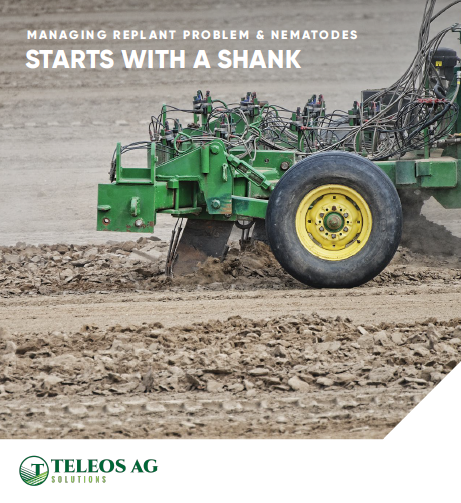Oregon Farmworker Advocates Ask for Extreme Heat Rules After Laborer Dies
Following the death of the a Marion County, OR, farmworker last weekend, farmworker advocates are calling on the state to adopt emergency rules to protect workers during extreme heat, according OregonLive.com.
The male farmworker, who has not been identified and had arrived from Guatemala a few months ago, was found unresponsive in the field at the end of his shift at Ernst Nursery and Farms in St. Paul, a wholesale supplier of ornamental plants, according to the Oregon Occupational Safety and Health division. He had been working on a crew moving irrigation lines, the agency said.
Temperatures reached 104 degrees in St. Paul on Saturday as Oregon entered an unprecedented three-day heat wave that led to record temperatures across the state.
The death occurs as Oregon is considering new rules to protect workers from extreme heat and wildfire smoke, the website reported. The state was originally expected to submit a proposal for those new rules this month, but that deadline was pushed back to September due to the pandemic.
The heat experienced in the coastal areas of the Pacific Northwest is something most there have never seen before. Berries are one of the key fruit crops grown in those areas, especially blueberries, some of which got blistered by the heat, Bryan Ostlund of the Oregon Blueberry Commission says in a written statement.
“Early estimates are for an overall crop loss of 30% t0 40%, but that will change as we continue with the season and better understand the entirety of the situation,” he says. “Unfortunately, there will be growers in a much worse position than these estimates.”
Ostlund says with the unprecedented heat and related crop damage, this has certainly been a week of records for Oregon blueberry growers and packers.
“While there are no definitive conclusions of the damage caused, we all know the situation is extreme,” he says. “The resulting damage is highly variable and will continue to unfold for the remainder of this crop and, depending on the condition of plants and clean up, likely into 2022 as well.”
In addition, PNW blueberry growers sounded off this week in a podcast produced by the U.S. Highbush Blueberry Council. In the podcast, three growers have a conversation about what the USHBC calls a “crisis.”
Here’s a sampling from the podcast from the three growers:
“What was uppermost in our minds was to keep our employees safe first, and then do the best we could for our crop after that.” – Doug Krahmer, Oregon
“I think there’s a lot of uncertainty still out there, but right now I think people are thinking the volume is still out there, it may be a direction of where it goes between fresh and frozen.” – Bryan Sakuma, Washington
“There’s different levels of effect from the heat depending on variety, plant size, and other factors, so there’s a lot of variability. But the affected fruit should dry out and fall off, and what’s left should be good quality.” – Jason Smith, British Columbia
“We want to make sure our buyers understand we are going to have good quality fruit, though there might be a hiccup here for a week or two while we work around the damaged fruit and some of the green fruit ripens up.” – Krahmer









